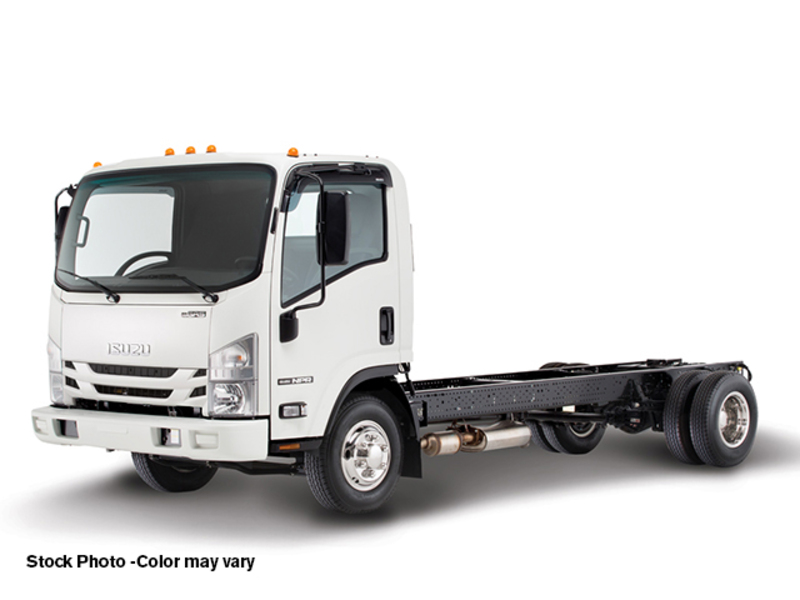
Challenging Santa’s Fleet: Lowering Holiday Environmental Impact with Electric Vehicles
As the holidays approach consumers are rushing to find the perfect gift for their loved ones. Stores are having to keep stock and e-commerce is booming. All of those deliveries are increasing demand for smaller, urban delivery vehicles and for more efficient ways for fleets to deliver those goods. Concerns over fuel efficiency are making fleet managers envious of Santa’s reindeer-powered transportation. The increase in deliveries around the holidays is causing teams to take a more in-depth look at electric vehicles and the infrastructure offerings on their routes.
Electric vehicles offer a game-changing opportunity for urban supply chains. While it won’t have as low of a carbon footprint as the big man in red, electric vehicles can lower fuel usage which will, in turn, lower costs during one of the most costly times of the year. Last-mile delivery trucks have the ability to set the path for the future of implementing electric vehicles. If the implementation of these types of vehicles is successful in early pilot periods, the industry will have further proof to follow suit. The important aspects for fleets to consider before successfully implementing electric vehicles on their routes placement and infrastructure. Teams should launch pilot programs where electric trucks make the most sense like in urban areas with where hauling weights are less important.
The main aspect of implementation to note is that not all medium-duty trucks are created equal. Placing an electric vehicle on a route that does indeed require diesel-powered engines sets the program up for failure. Diesel-variant vehicles, while having come so far in the ways of durability and longevity, may not be able to withstand the weight loads of some deliveries. The key is to strategically utilize the technology in areas where a diesel-fueled engine is not necessary.
The holidays are just a spike in e-commerce that is inspiring the use of electric vehicles. Its growth, and by association the opportunity to implement alternative fuel sources, is only expected to continue. In 2000, e-commerce sales barely registered in comparison to total retail sales. However, by 2018, e-commerce sales represent about 10% of all retail sales. They are expected to grow to more than 25% by 2027. This will provide companies with the chance to make a huge change in their operations with electric vehicles.
Adoption of electric vehicles is already a slow-moving process, but by setting up pilot programs for success, leaders in the industry can influence OEMs to develop technology that supports the change. The push to add electric vehicles is driven by several factors. Currently, large communities and cities are being criticized for the amount of greenhouse gases they release. By using electric vehicles and other alternative energy, those cities can lower their overall gas emissions.
Secondary, pressure is coming from operational objectives to perform more cost-efficiently. As the industry is currently facing a shortage of qualified technicians and servicemen, companies are having to adapt accordingly; meaning increasing salaries and benefits. To offset those costs, fleet managers are being encouraged to cut costs in other ways. Electric vehicles offer an opportunity to do so.
The coinciding benefits to adopting electric vehicles into a fleet are advanced by the fact that electric trucks are the only investment that progressively gets cleaner as the grid gets cleaner. Setting aside the fact that state and local officials are encouraging the use of clean energy sources through incentive programs to lower emissions, the technology only continues to advance as infrastructure does. This means that an investment in electric vehicles now will only improve with those same vehicles in the future.
Fleets that choose to incorporate electric vehicles into their operations should take a close look at the current infrastructure. Ensuring that the use of their programs for e-commerce, retail and urban deliveries is successful is crucial to the advancement of the trucking industry, as well as the return on their investment. One thing is certain if the use of electric vehicles is successful, Santa can count on some environmentally friendly competition in the ways of their delivery footprints.
